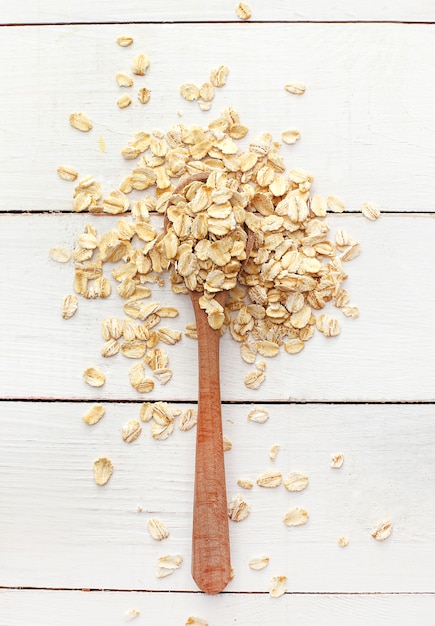Cereals are a common part of diets worldwide due to their nutritional benefits. However, their carbohydrate content can be concerning, especially for those on low-carb diets.
Most grains and seeds are moderate to high in carbohydrates, yet they provide significant health benefits like high fiber, lower glycemic index, and various vitamins and minerals.
Understanding the Glycemic Index
The Glycemic Index (GI) measures how quickly carbohydrates raise blood sugar levels on a scale from 0 to 100. High-GI foods cause rapid spikes in blood sugar, while low-GI foods lead to a gradual rise. Eating low-GI cereals can help control blood sugar, providing sustained energy and aiding in weight management. They also reduce the risk of chronic diseases and promote heart health by lowering bad cholesterol levels.
The Low-GI Cereals
Low-GI cereals are loaded with fibers compared to other cereals. Here’s a look at some nutritious cereals with lower glycemic indexes:
Quinoa
– Glycemic Index: 53
– Fiber Content: 7 g (per 100g)
Quinoa is technically a seed but often used like a grain. It’s rich in antioxidants and polyphenols, which may reduce inflammation and protect against chronic diseases. It’s also one of the few plant-based sources of complete protein and is packed with nutrients like manganese, magnesium, phosphorus, copper, and folate.
Bulgur
– Glycemic Index: 48
– Fiber Content: 12.5 g (per 100g)
Bulgur comes from sprouted whole durum wheat and is highly nutritious. It provides manganese, iron, magnesium, and B vitamins. It’s also one of the lowest-carb whole grains.
Wild Rice
– Glycemic Index: 45
– Fiber Content: 6.2 g (per 100g)
Wild rice, from the Zizania plants, has fewer carbs than other rice types. It’s rich in zinc, vitamin B6, folate, and antioxidants.
Emmer (Farro)
– Glycemic Index: 40-45
– Fiber Content: 10.7 g (per 100g)
Emmer, a type of ancient wheat, is linked to reduced risks of heart disease and type 2 diabetes. It offers niacin, magnesium, zinc, and manganese.
Barley
– Glycemic Index: 28
– Fiber Content: 17.3 g (per 100g)
Barley is known for its chewy texture and nutty flavor. It’s an excellent source of selenium, magnesium, manganese, zinc, and copper.
Popcorn
– Glycemic Index: 55 (air-popped)
– Fiber Content: 14.5 g (per 100g air-popped)
Contrary to belief, air-popped popcorn has low carbs. It’s low in calories and high in B vitamins, iron, magnesium, and phosphorus. But avoid the versions with oils, butter, artificial flavors, and sugars.
Whole Corn
– Glycemic Index: 52
– Fiber Content: 7.3 g (per 100g)
Whole corn is fiber-rich and packed with vitamins and minerals. It’s high in B vitamins, especially vitamin B3 (niacin), and has antioxidants like lutein and zeaxanthin, which are good for eye health. It also provides magnesium, phosphorus, and zinc.
Conclusion
Choosing the right kind of cereals can be beneficial to your diet. Despite their carb content, they are full of essential nutrients. To maximize their benefits, opt for less processed and refined cereals. Remember, a balanced diet is key to a healthy lifestyle.






